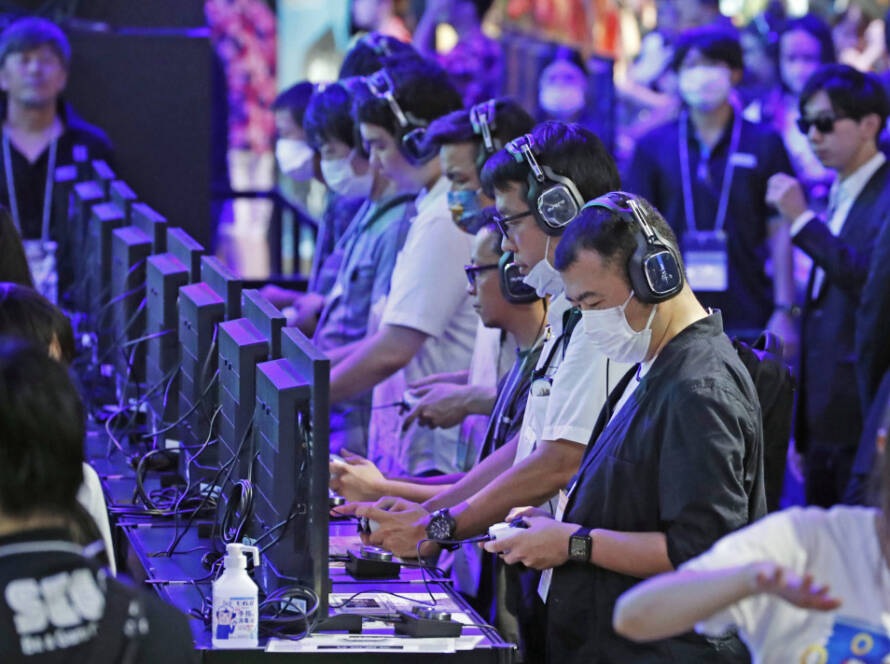Organizing a successful esports tournament is no small feat. From coordinating schedules and managing logistics to securing sponsors and ensuring a smooth broadcast, every detail matters. Whether it’s a local event or a global championship, the work behind the scenes is critical in providing a top-tier experience for players, teams, and fans.
In this blog post, we’ll dive into the essential steps and elements involved in organizing a successful esports tournament and what it takes to make it an unforgettable experience.
Club99 Awaits You – Dive into the Best Online Gaming Experience!
1. Defining the Scope and Format
Before diving into the nitty-gritty details, it’s important to define the tournament’s scope and format.
Key Decisions:
- Tournament Type: Decide whether it’s an online or offline event.
- Game Selection: Choose the game(s) based on popularity, target audience, and logistics (e.g., League of Legends, Dota 2, Valorant, or PUBG).
- Format: Will it be single-elimination, round robin, or a combination? What about qualifiers, group stages, and finals?
Tip: Choose games that align with your audience’s preferences and ensure the format is suitable for competitive play.
2. Securing Sponsors and Partnerships
A successful tournament requires funding and support, and this is often achieved through sponsors and partners.
Steps to Secure Sponsors:
- Target Relevant Brands: Look for companies that align with the esports ecosystem, like gaming hardware brands, tech companies, and energy drink sponsors.
- Create a Sponsorship Package: Offer visibility, advertising opportunities, and on-site activation to attract potential sponsors.
- Leverage Media Partners: Partner with streaming platforms (like Twitch or YouTube) and media outlets for wider coverage.
Outcome: Sponsorships help cover the costs of production, venue, prize pools, and marketing, and ensure the longevity of the event.
3. Building the Infrastructure
Infrastructure is the backbone of any esports tournament, and getting it right can make all the difference in creating a seamless experience for players and viewers.
Essential Elements:
- Venue: Choose a venue that can accommodate the expected number of participants and fans. Ensure it has excellent internet connectivity, adequate power sources, and is accessible to players and spectators.
- Hardware: Provide high-quality gaming equipment such as gaming PCs, consoles, monitors, and peripherals.
- Broadcasting Setup: Invest in a professional streaming setup with high-quality cameras, microphones, and production tools for live broadcasts.
Tip: Always have a backup plan for technical failures, such as internet disruptions or hardware malfunctions.
4. Planning the Event Schedule
Scheduling is one of the most important aspects of tournament organization. A well-planned schedule ensures that the event runs smoothly and on time.
Key Considerations:
- Time Zone Management: If your tournament is global, ensure that match times are suitable for players from different regions.
- Match Duration: Account for breaks, warm-ups, and delays in between matches.
- Broadcast Timing: Align your tournament schedule with the broadcast time, ensuring smooth transitions between games.
Tip: Build in extra time between matches for player recovery and unexpected delays.
5. Recruitment and Team Management
A successful esports tournament depends on having the right team in place.
Key Roles to Fill:
- Tournament Organizers: They oversee all logistical and administrative tasks.
- Technical Support: A dedicated team to manage the IT infrastructure, including servers and game setups.
- Event Staff: Volunteers or hired professionals to handle player registration, audience coordination, and merchandise sales.
- Casters and Analysts: Professional commentators who can engage the audience and provide live insights during the tournament.
Tip: Ensure clear communication between all team members to avoid confusion and ensure smooth event execution.
6. Marketing and Promotion
Successful marketing is crucial in ensuring high attendance and viewership for your tournament.
Effective Strategies:
- Social Media Campaigns: Promote your tournament on platforms like Twitter, Instagram, and TikTok to create buzz.
- Influencer Partnerships: Collaborate with esports influencers and streamers to reach a larger audience.
- Create a Hashtag: Use a dedicated hashtag to promote the event and engage with your community.
- Paid Ads: Use targeted ads on social media and search engines to attract viewers and players.
Outcome: A strong marketing campaign ensures that your tournament garners attention from fans, players, and sponsors.
7. Player and Team Coordination
Communication with players and teams is essential for ensuring everything runs smoothly during the tournament.
Steps to Ensure Smooth Coordination:
- Clear Registration Process: Create an easy and efficient registration system for players and teams.
- Provide Guidelines: Set clear rules regarding match formats, conduct, and in-game behavior.
- Practice Sessions: Schedule practice times for teams to familiarize themselves with the tournament setup and equipment.
Tip: Make sure players have access to timely information about match schedules, venue details, and any changes in the event structure.
8. Prize Pool and Awards
A lucrative prize pool is often the biggest incentive for players to participate in a tournament.
Key Points to Consider:
- Size of the Prize Pool: Make sure the prize pool is attractive enough to entice top-tier players and teams.
- Prize Distribution: Be transparent about how prizes will be distributed among the winners.
- Recognition: Besides money, consider adding trophies, medals, or other forms of recognition for top players or teams.
Tip: Prize pools help boost the tournament’s prestige and attract talent, but offering non-monetary rewards can increase participant satisfaction.
9. Managing the Stream and Broadcast
A smooth, high-quality broadcast is crucial for showcasing your tournament to a global audience.
Production Considerations:
- Multi-Camera Setup: Utilize multiple camera angles to capture gameplay and player reactions.
- Commentary: Ensure experienced commentators are available to keep the audience engaged and informed.
- Interactive Features: Incorporate live stats, polls, and audience interactions to enhance the viewing experience.
Tip: High-quality production ensures that your tournament stands out and attracts sponsors and viewers.
10. Post-Tournament Engagement
After the event ends, maintaining engagement with players and fans is crucial for building long-term success.
Post-Tournament Activities:
- Highlights and Recaps: Share key moments and match highlights across social media and streaming platforms.
- Community Feedback: Conduct surveys to gather feedback on what went well and areas for improvement.
- Future Announcements: Keep the momentum going by teasing future tournaments and collaborations.
The Effort Behind the Curtain
While the players and teams often take the spotlight, organizing a successful esports tournament requires the collective effort of numerous individuals, teams, and stakeholders. From initial planning to post-tournament activities, every step plays a crucial role in ensuring the event’s success.
By following these guidelines and focusing on the logistics, players, fans, and sponsors will have an unforgettable experience, making your esports tournament an event to remember.


